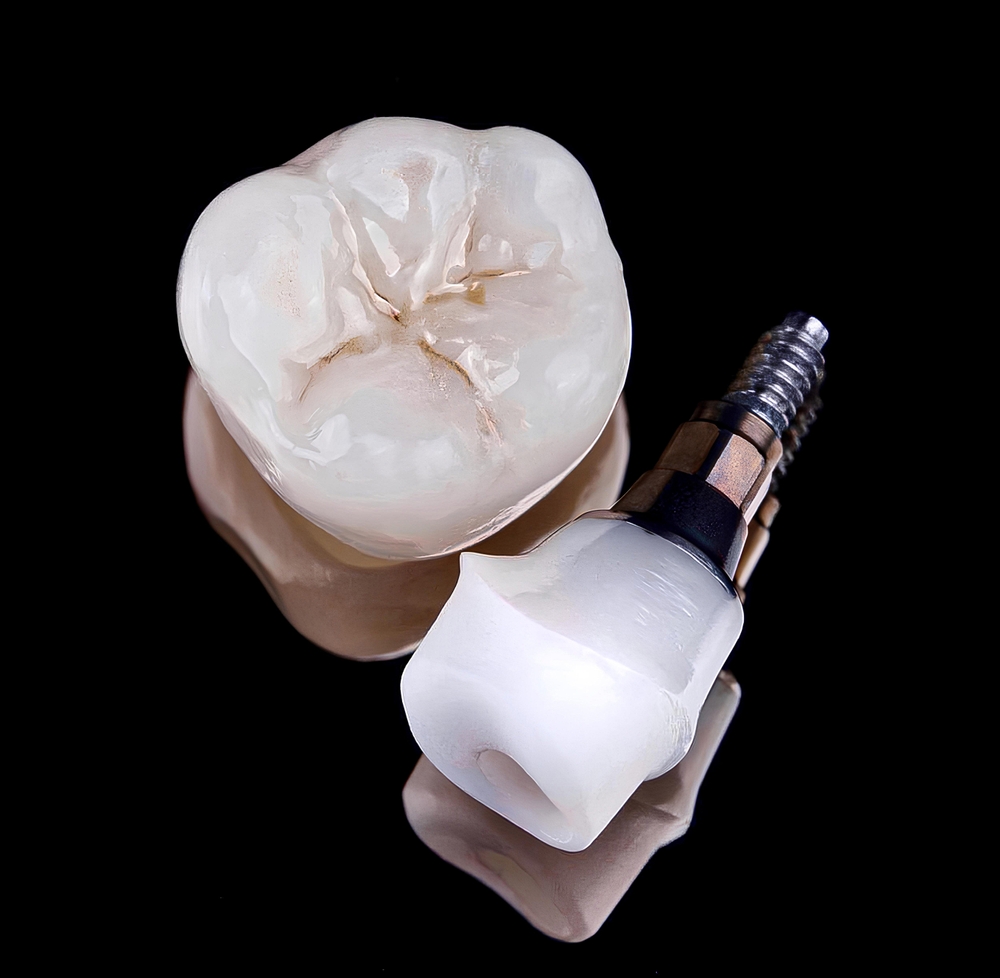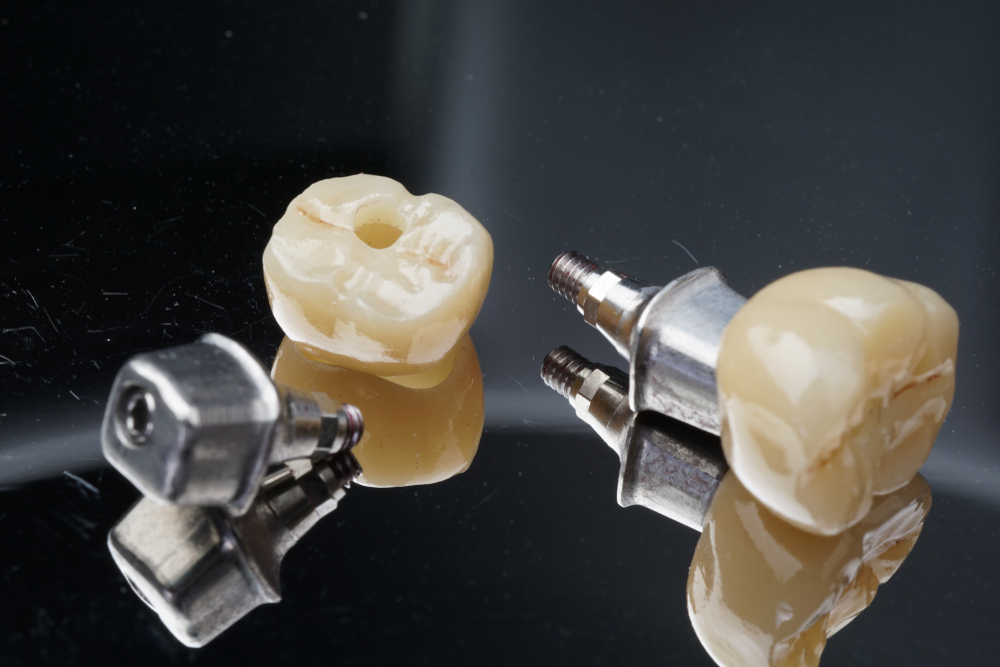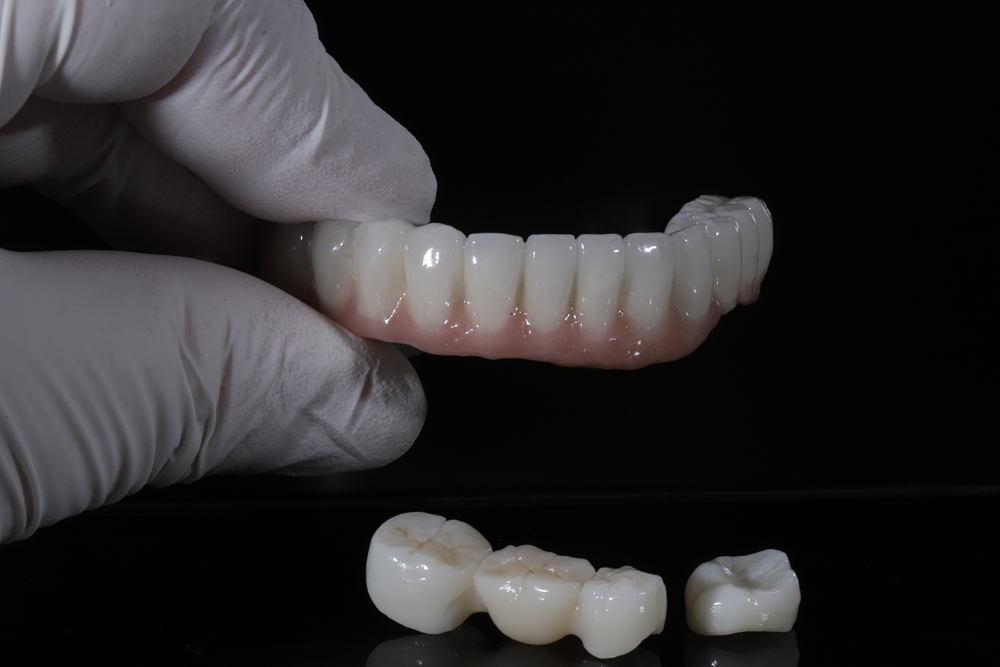The field of dentistry is witnessing a technological revolution that promises to change the face of oral health and patient care. From the early days of manual craftsmanship to today’s high-tech solutions, dental lab equipment and technology have made significant strides. In this blog, we’ll explore the most groundbreaking innovations in dental lab technology that are not only enhancing the efficiency of dental practices but also improving patient outcomes.
CAD/CAM Technology
Computer-aided design (CAD) and computer-aided manufacturing (CAM) technologies have transformed dental labs. Dental professionals can now design a wide range of dental restorations like crowns, veneers, inlays, onlays, and bridges with extreme precision using CAD/CAM software. Moreover, CAM technology allows for the automated production of these restorations using a variety of materials, such as zirconia, porcelain, and composite resins.
The integration of CAD/CAM systems in dental labs has not only streamlined the workflow but also enabled the production of custom-fit, high-quality dental appliances in a fraction of the time it once took. As this technology continues to advance, we can expect even faster turnarounds and more intricate designs that closely mimic natural tooth structure.
3D Printing

3D printing has been a game-changer for dental labs. This technology allows for rapid prototyping and production of dental implants, orthodontic devices, and even complete dentures. The ability to print biocompatible materials directly from digital files has drastically reduced the cost and time associated with traditional manufacturing methods.
The latest 3D printers offer improved resolution and materials specifically engineered for dental use, resulting in more durable and precise products. Innovations in 3D printing are also paving the way for the local production of dental appliances, potentially decentralizing the manufacturing process and allowing labs to operate more independently.
Digital Impressions
Digital impression systems are replacing the traditional methods of taking impressions with a more comfortable, faster, and cleaner technique. Using intraoral scanners, dentists can create highly accurate digital models of the patient’s mouth in minutes. These digital models are then sent electronically to the lab, where they can be used to design restorations, eliminating the need for physical impressions and shipping delays.
Lasers and Milling Machines
The precision of dental work has been vastly improved with the use of lasers and milling machines. Lasers are used for various purposes, including the detailed analysis of dental structures, preparation of teeth for restorations, and even in the treatment of gum disease. Meanwhile, dental milling machines can carve out restorations from solid blocks of material with remarkable accuracy, significantly reducing waste and energy consumption.
Advanced Imaging Techniques
Innovative imaging technologies, such as cone-beam computed tomography (CBCT), provide 3D images of the teeth and jaw structure. This technology has been invaluable for the diagnosis and planning of complex dental procedures, such as implants and orthodontic treatments. It allows dentists to assess bone quality and pathology, thus ensuring better placement and fit of dental prosthetics.
Robotics and Automation
Robotics in dental technology is in the early stages but is expected to become more prominent in the coming years. Robotic systems can be programmed to perform repetitive tasks with high precision, from milling to implant placement surgery. As these technologies mature, they promise to offer greater consistency and safety for patients.
Artificial Intelligence
AI is beginning to make inroads into dental technology by providing predictive models for dental diagnostics and treatment outcomes. Machine learning algorithms analyze large volumes of data to help in early detection of conditions such as tooth decay and gum disease. Furthermore, AI-powered tools can assist in designing restorations and even in managing the administrative aspects of dental practice.
Eco-friendly Materials and Processes
The dental industry is also becoming increasingly eco-conscious, with innovations aimed at reducing the environmental impact of dental products and processes. This includes the development of more sustainable materials, recycling programs for dental appliances, and energy-efficient equipment.
The Impact on Patient Care
The implications of these technological advancements for patient care are profound. Increased accuracy in diagnostics and treatment planning leads to better outcomes, while faster production times for dental appliances enhance patient satisfaction. Moreover, the reduced discomfort and invasiveness of procedures, thanks to these technologies, help to alleviate dental anxiety and improve the overall patient experience.
Conclusion
In conclusion, the innovations in dental lab equipment and technology not only symbolize progress in dental care practices but also highlight a future where patient comfort and care quality are paramount. As we continue to embrace and develop these technologies, we move closer to a world where oral health is more accessible, efficient, and effective for everyone.




